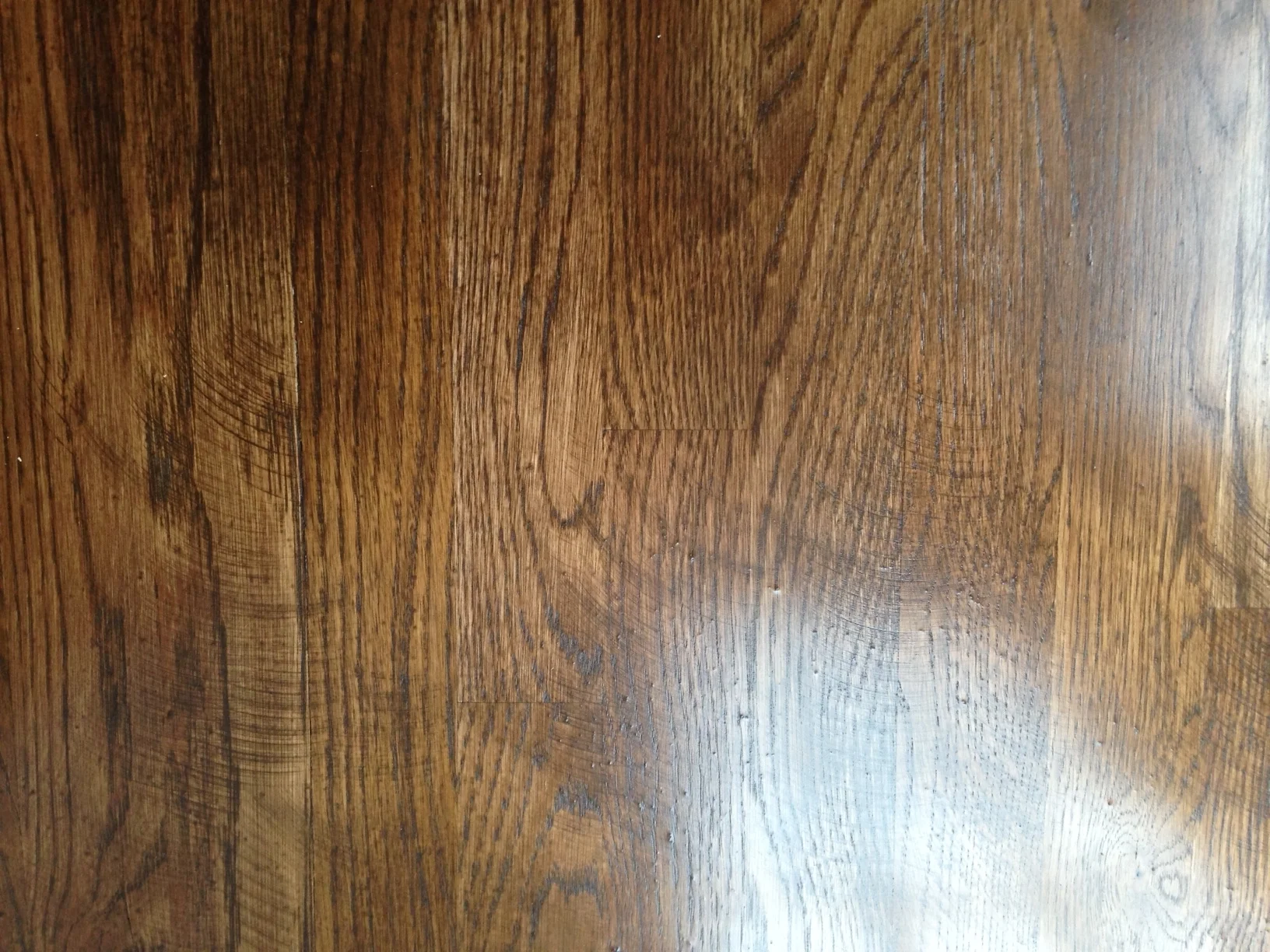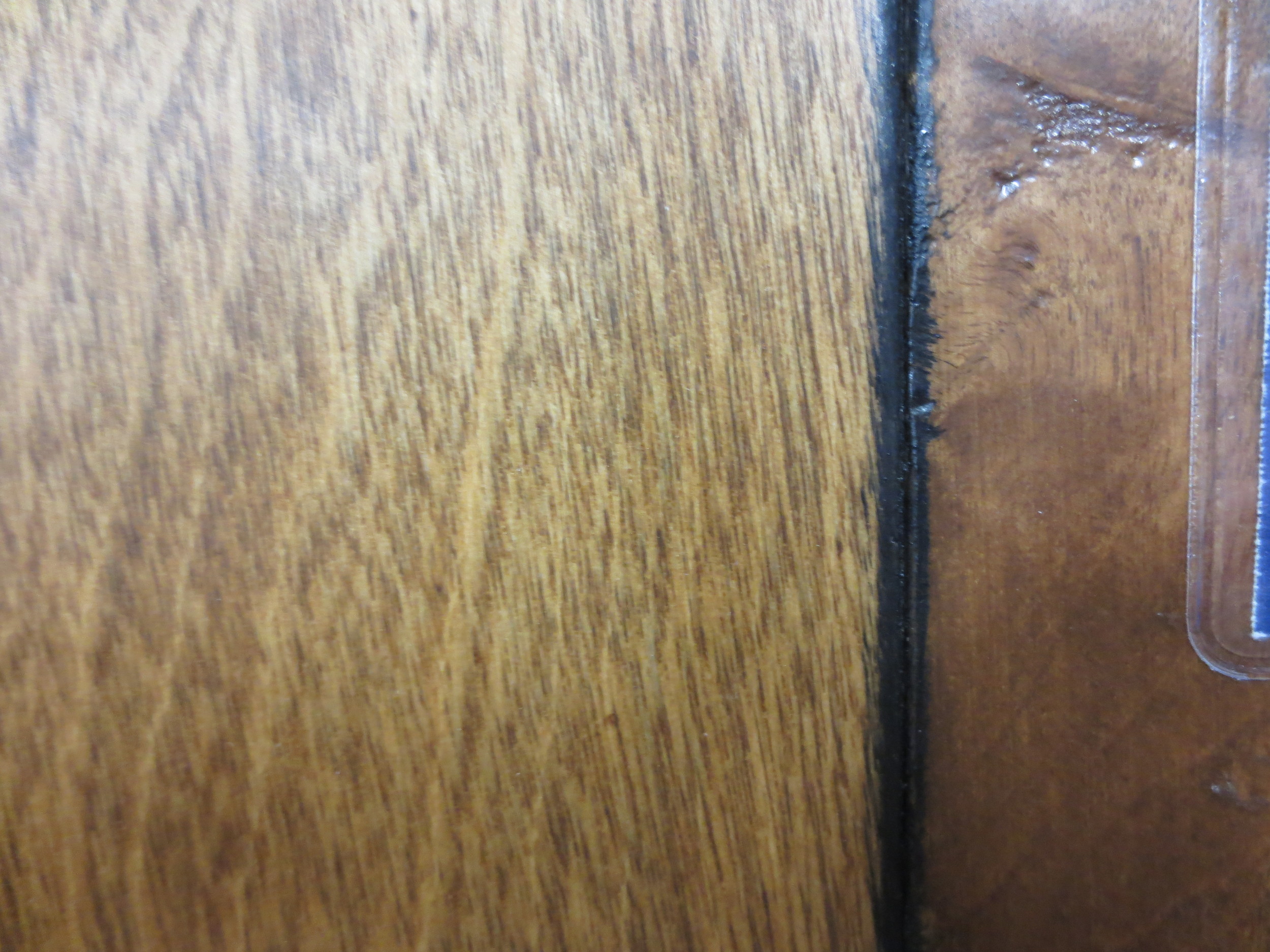Staining Your Floor Is Not Always The Answer
A lot of our customers can’t wait to pick the stain color for their floors. Lots of people consider the staining process to be vital and necessary when they decide to undertake a flooring project. In fact, we've seen lots of confusion when people begin to talk about staining a floor. The process of “finishing” the wood and “staining” it are very often lumped together. Staining can lead to problems for even the most seasoned hardwood floor specialist. It’s almost a given that a first time do-it-yourself individual is going to run into complications when staining their floor. Read on to see why floor stains can lead to headaches.
We’ve had several instances where customers confuse “finishing" a floor and “staining" a floor. Finishing involves placing a protecting seal on a floor that ensures that your floors are going to look fantastic for years to come. Staining is the process by which you actually artificially change the color of a wood using pigment. Pigment inherently darkens the wood which brings all flaws in the wood to the surface. Any type of flaw that isn’t completely taken care of by the sanding is going to be a place for pigment to pool and darken. This takes a lot of people by surprise when their floor isn’t picturesque, but flaws in wood are inevitable.
Hardwood Floor With Swirls
"While most people will never notice these tiny imperfections when the wood is a nice natural light color, any stain will make each and every crevice noticeable…"
Do-it-yourself individuals tend to be people that leave the most flaws in the wood when they sand. While most people will never notice these tiny imperfections when the wood is a nice natural light color, any stain will make each and every crevice noticeable; so much so that it may even be necessary to sand the floors again and start from scratch.
One particularly ugly possibility when staining floors is something called “bleed back”. Some floor professionals spread a floor stain with a rag in order to be sure that they get an even spread. Sometimes, the stain can seep into the space between the actual plansk of wood and pool. When the stain begins to evaporate, it can actually “bleed” and leave droplets near the wood plank gaps. Too much stain, or too many coats of a stain are the usualy suspects when bleed back occurs, so be vigilant if you want to avoid ugly bleed back.
Hardwood Floor With Bleed Back
"It usually leads to having to resand the floors which adds an immense amount of cost."
Stains can take an exceptional amount of time to dry. Flooring professionals like to be conserative when it comes to drying times. Placing a finish on a stain that is not fully dry can be a complete disaster. It usually leads to having to sand the floors again which adds an immense amount of cost. If you get a flooring professional to do your floors, adding a stain can add days to a typical job which tanslates into a more expensive project. We’d even go so far as to argue that leaving a floor natural can add a truly warm feel to any room. Naturally finished floors are lighter than stained floors, which tends to make rooms feel larger as well.
Next time you’re considering refinishing your floors, second guess anyone that says you “need” to stain your floors. It can lead to headaches and extra cost, which can turn a fairly simple flooring project into a nightmare.


